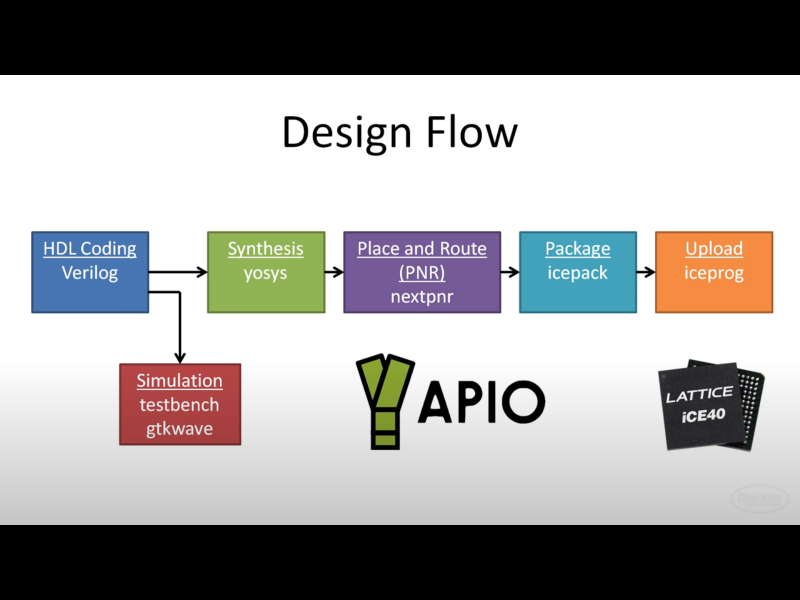In this week’s podcast, editors Elliot Williams and Mike Szczys look back on favorite hacks and articles from the week. Highlights include a deep dive in barn-door telescope trackers, listening in on mains power, the backstory of a supercomputer inventor, and crazy test practices with new jet engine designs. We discuss some of our favorite circuit sculptures, and look at a new textile-based computer and an old server-based one.
This week, a round table of who’s-who in the Open Source FPGA movement discusses what’s next in 2019. David Shah, Clifford Wolf, Piotr Esden-Tempski, and Tim Ansel spoke with Elliot during …read more
Continue reading Hackaday Podcast Ep2 – Curious Gadgets And The FPGA Brain Trust→
